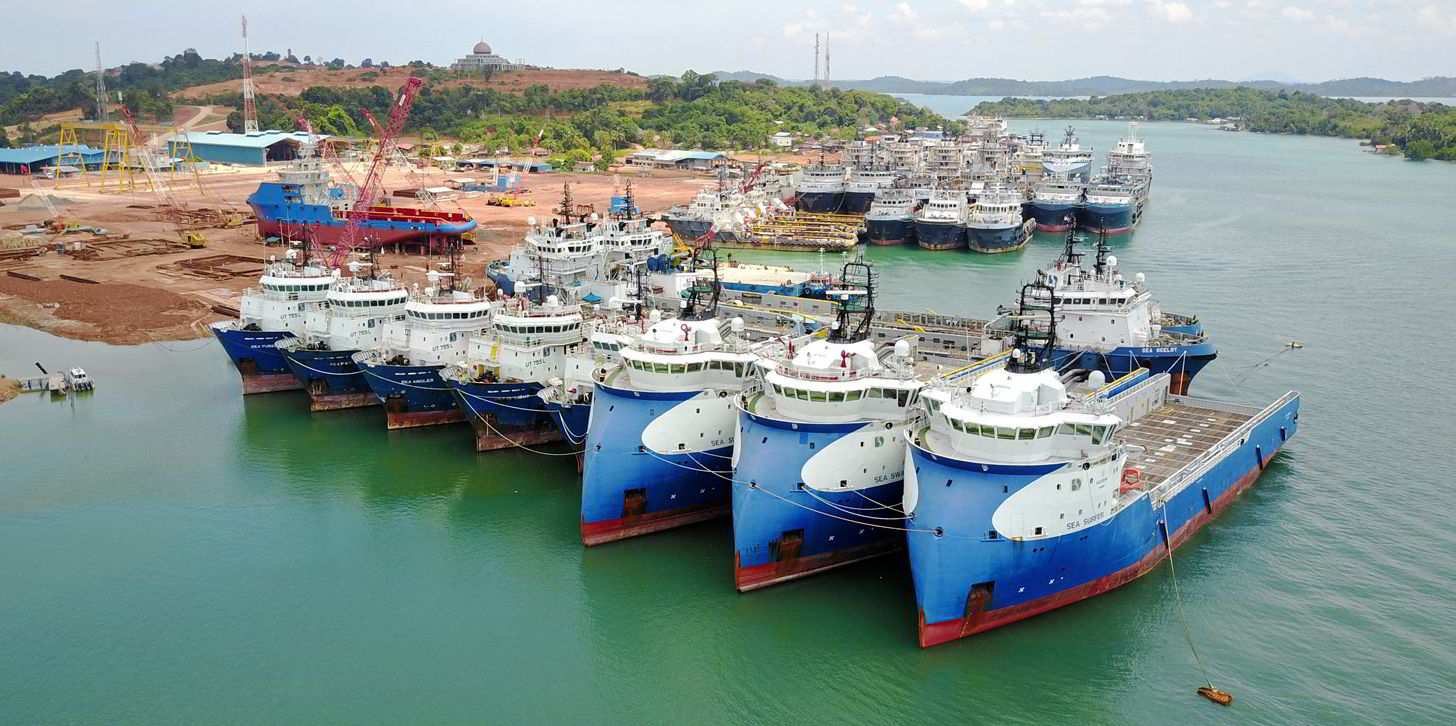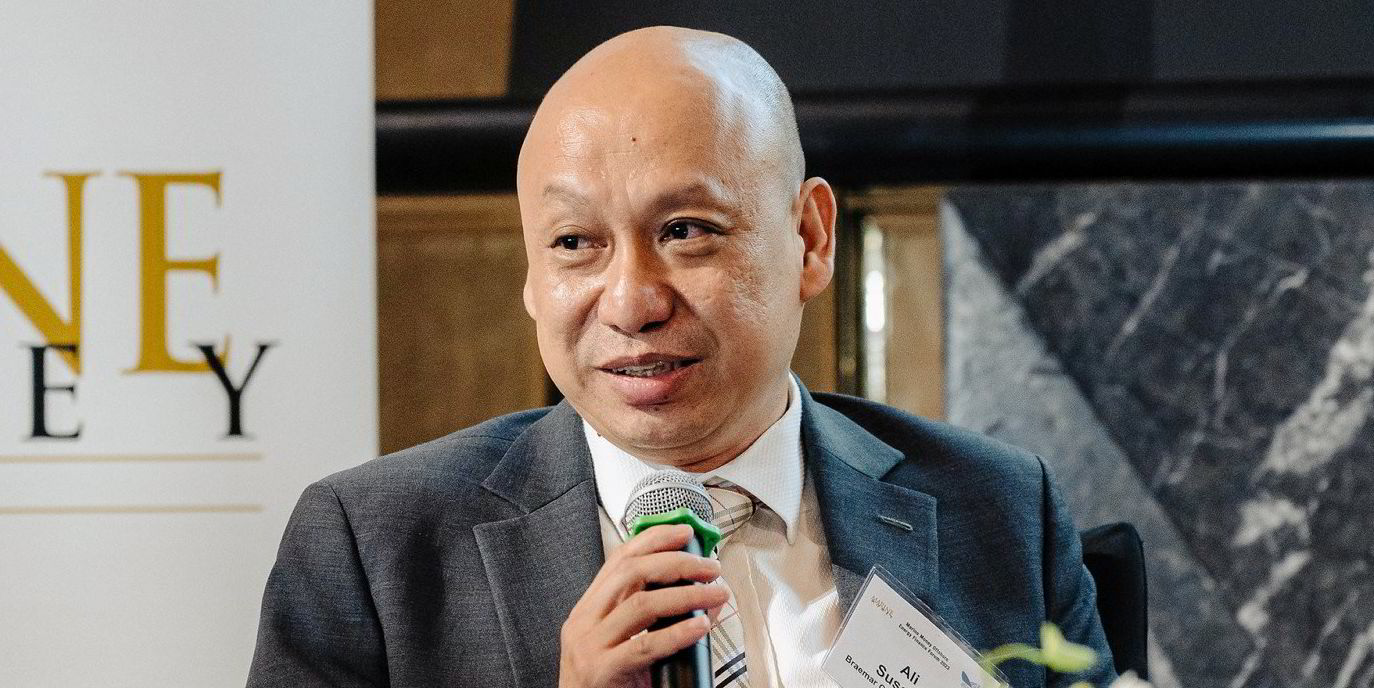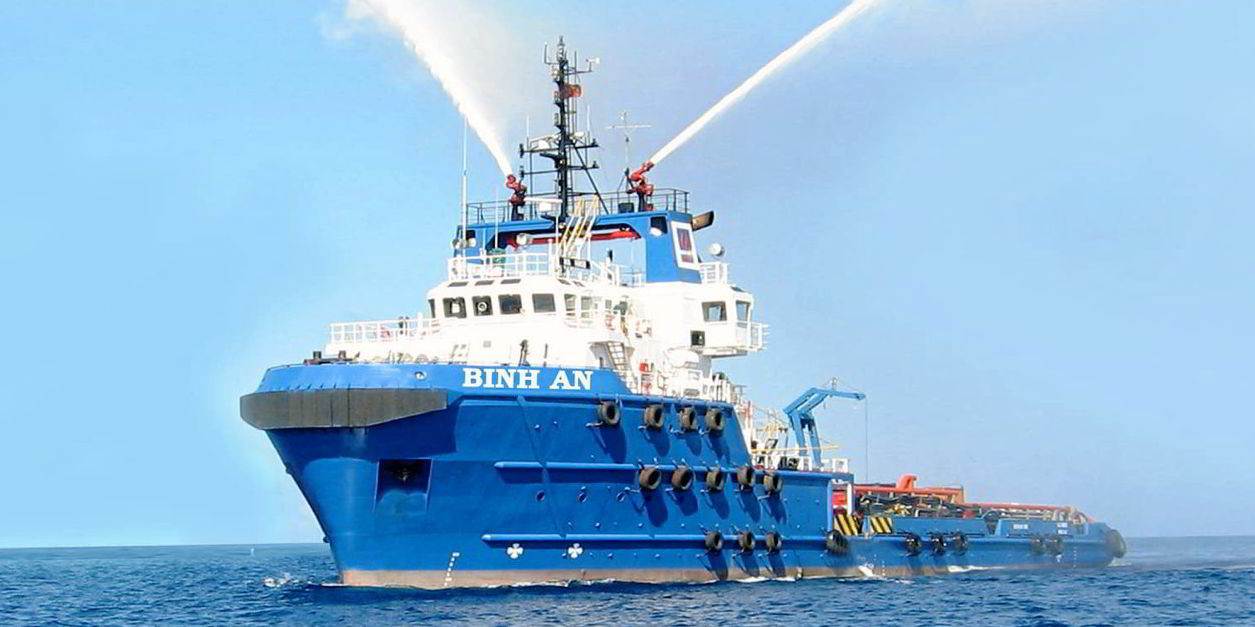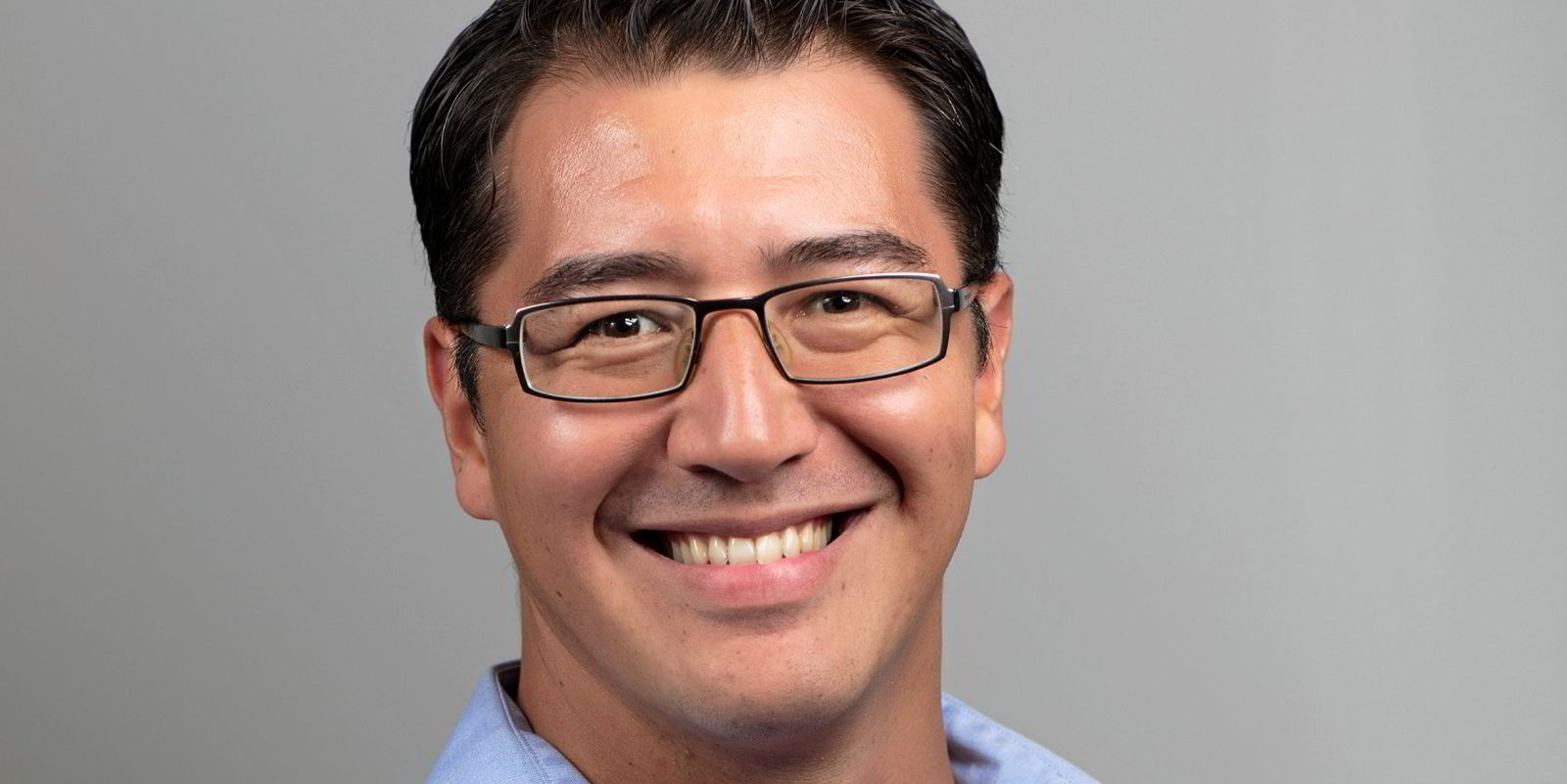The dust has settled on the collapse of the Asian offshore sector in 2015 and the surviving operators have started making money again.
Their counterparts in the Middle East are enjoying a healthy revival and talk eagerly of expansion, but there will be no such bullish sentiment among their Asian peers until banks regain confidence in the sector.
Singapore, before the market collapse, was the centre of the Asian offshore industry, with many offshore support vessel operators, large and small, that had borrowed heavily to invest in sophisticated new tonnage to prepare themselves for the bright futures that the oil majors and analysts were predicting.
The main survivors today are Marco Polo Marine, Kim Heng, Miclyn Express Offshore, Atlantic Navigation, Vallianz Offshore, CH Offshore and Allianz Marine. Other former names such as Swissco, Swiber Holdings, Ezra Holdings and its subsidiary EMAS Offshore, Pacific Richfield — and dozens of small, privately owned companies with a handful of OSVs — have almost entirely disappeared, either wound up with their assets liquidated or absorbed by stronger players.
Most of the survivors had to undergo painful restructurings in which their best vessels were often sold off and their lenders forced to take severe haircuts.
Survivors are making good money
“The survivors are making good money and in general their general moods are quite positive,” Braemar Corporate Finance managing director and Singapore head Ali Susanto told TradeWinds on the sidelines of Marine Money’s Offshore Energy Finance Forum in Singapore.
However, Thom Payne, Westwood Global Energy Group’s head of offshore services, told delegates that while OSV supply is tight in Latin America and the Middle East, pick-up in Asia has been slow and he expects an exodus of vessels from the region. “There are vessels, but not in the right markets and with the right owners,” he said.
Susanto cautioned that even if the Asian offshore markets were to improve to a point at which new assets are justifiable, companies will struggle on the financing front because regional banks that got burned during the market collapse are not interested in offshore, no matter what the company is or how strong it is.
“Local banks, the ones that already lost money to them, they will definitely not lend money to offshore any more,” he said. “We meet local banks in Singapore and we ask them whether they’re interested to come back to a restructured company that is healthy and debt-free. Their answer is a firm no. Once a bank has booked a loss on a certain name, they will basically be banned for a long, long time.”

Susanto does not expect bank interest in the OSV sector to return in the foreseeable future.
“If you’re talking about [a floating production, storage and offloading unit] with long-term charter, it is still okay. The issue with the OSVs, they all have termination of convenience clauses in their contracts that the oil majors insist upon. That clause is still there. You may come to a bank with a long-term charter with a good counterparty, but what is the value of a three-year or five-year charter with that clause?”
OSV operators speaking on panels at the conference all expressed a desire to invest in new vessels to take advantage of opportunities emerging in traditional oil and gas markets and offshore wind.
Thomas Tan, chief executive of Kim Heng, which entered the market downturn with little debt and was therefore able to acquire 20 OSVs at fire-sale prices from 2017, said his company is looking to buy more as oil prices bring renewed optimism to the market.
Miclyn Express Offshore chief financial officer Arnold Chan, expressing a similarly bullish market view, said his company is embarking on a newbuilding programme focused on production support vessels.
However, panellists all agreed that financing is holding the industry back.
“People can see the opportunity but they can’t get senior debt to fuel growth,” said George Kypraios, chief executive of Yefira Group.
“Overall, if you consider how much stronger the industry is today, it is quite startling to see the lack of finance,” added Christoph Toepfer, chief executive of Borealis Maritime, who expects to see new OSV orders this year, but mostly for the Middle East market.
“We will only see orders against contracts. We are quite a long way from speculative orders. There is still a lack of financing for newbuildings.”
While some executives who sat on panels at the conference suggested that the offshore sector needs to get creative and find alternatives to traditional bank financing, Susanto cautioned that lease financing is unlikely to be a viable option due to the pesky termination of convenience clauses.
“I was with a major bank before on the leasing side. With bulkers, tankers and container ships, if we took back the vessel, we called a technical manager, we called other clients who wanted to charter the vessel, and we got employment within two weeks,” he said.
“For offshore, the charterer handed back the ship and said: ‘Here is the key, good luck’. There were no takers if there was no project. Not only was there no income, we had to park all the assets somewhere.
“In the offshore sector the banks have already learned their lesson. I don’t think they will be back.”






